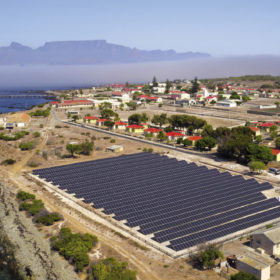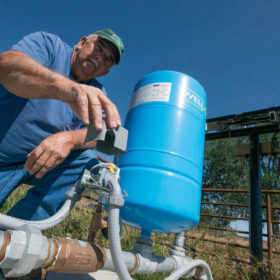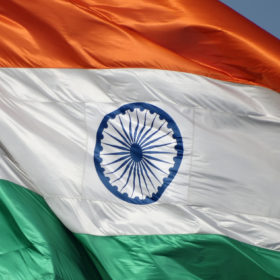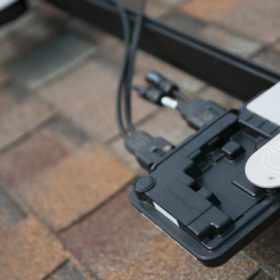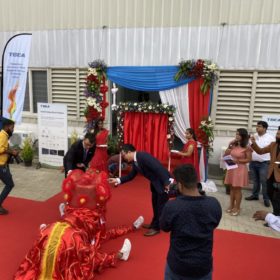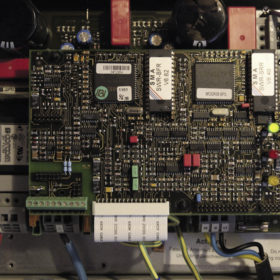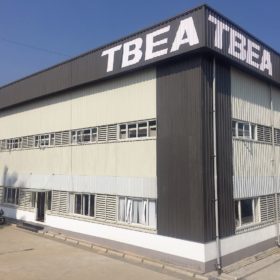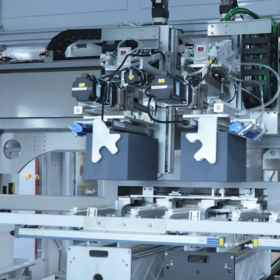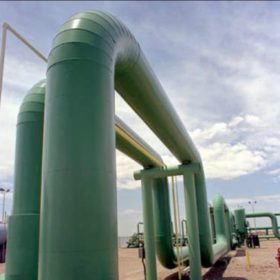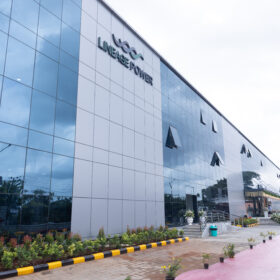Italian inverter maker confirms no ABB jobs will be lost in India
Fimer’s takeover of the inverter business of the Swiss conglomerate will not affect job numbers at ABB’s Indian production facilities, according to the new owner of the combined business.
REIL tenders 170 quantities of string inverters
March 2 is the last date to bid for supply of 5, 15, 20, 25, 30 and 50 KVA string inverters with inbuilt data loggers. Bids will open on March 3. Contract period is up to September 30.
A multi-level inverter for solar water pumps
Scientists in India have tested a new inverter topology with a single-phase, induction-motor water pump. The seven-level inverter, with five power semiconductor switches, is said to be particularly efficient at reducing switching losses thanks to a pulse width modulation technique.
Solar projects reprieved as Indian government declares coronavirus a force majeure
Lobby group the National Solar Energy Federation of India says around 4 GW of solar plant capacity is likely to be affected by component shortages after the outbreak of the virus in China.
Loom Solar launches IoT based AC modules
The emerging startup has become the second Indian module manufacturer to launch AC panels integrated with Enphase microinverters, after Waaree announced its partnership with Enphase in 2007.
TBEA’s new 2 GW factory in India to produce string and central inverters
pv magazine recently attended the opening ceremony of TBEA’s GW-class new energy equipment manufacturing base in Bangalore–the city that also hosted the recent Intersolar India exhibition and conference in the same week as TBEA’s inauguration ceremony.
The long read: How large of a problem is thermal derating?
In its Inverter Scorecard, PV Evolution Labs examines thermal derating, a long-known problem among experts. With the data the lab collects, it provides insights as to how different devices behave when exposed to high temperatures.
Cheap Indian imports claim prompts Bangladesh to introduce solar standards
Dhaka has heeded complaints about Indian manufacturers allegedly dumping sub-standard PV products over the border and issued a requirement for modules, inverters, charge controllers and batteries to attain IEC electrical standards.
The smarter E comes to India
The smarter E India event for the new energy world will bring together Intersolar India, ees India and Power2Drive India at the Bangalore International Exhibition Centre (BIEC), from November 27 to 29.
TBEA launching GW-scale PV inverter factory in Bengaluru
The Chinese company plans to roll out 2 GW of inverters annually from its manufacturing unit which will have two assembly lines—of 1 GW each—for central and string inverters.
